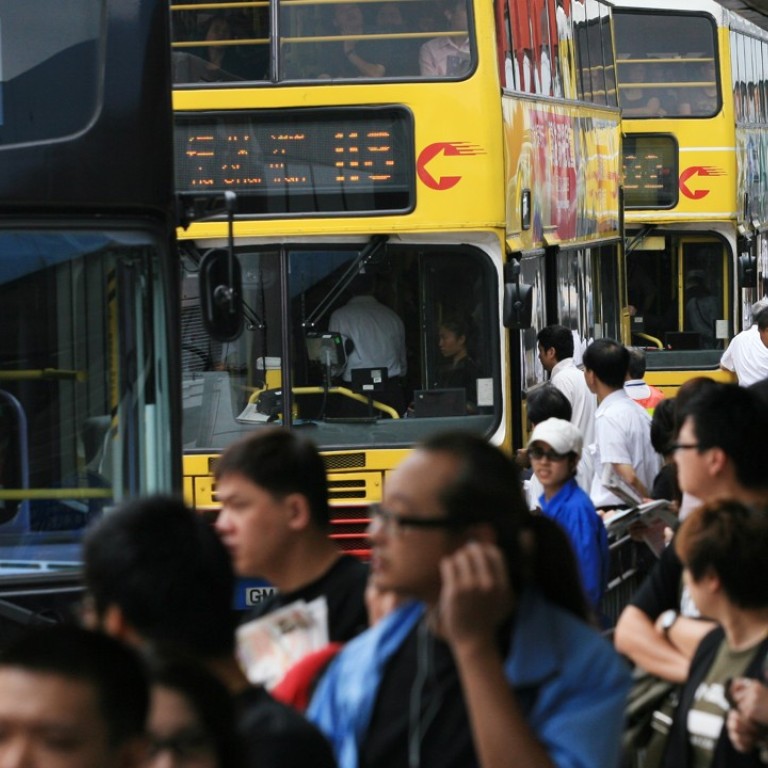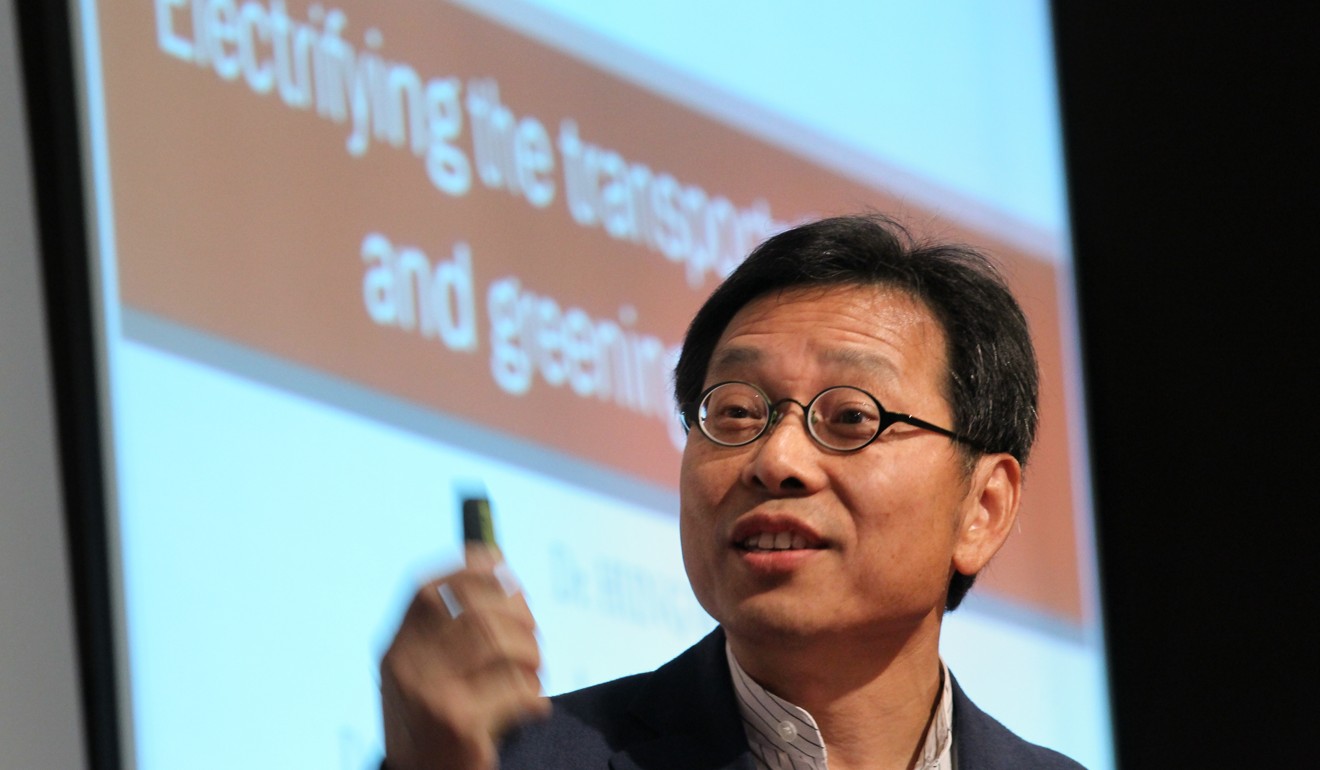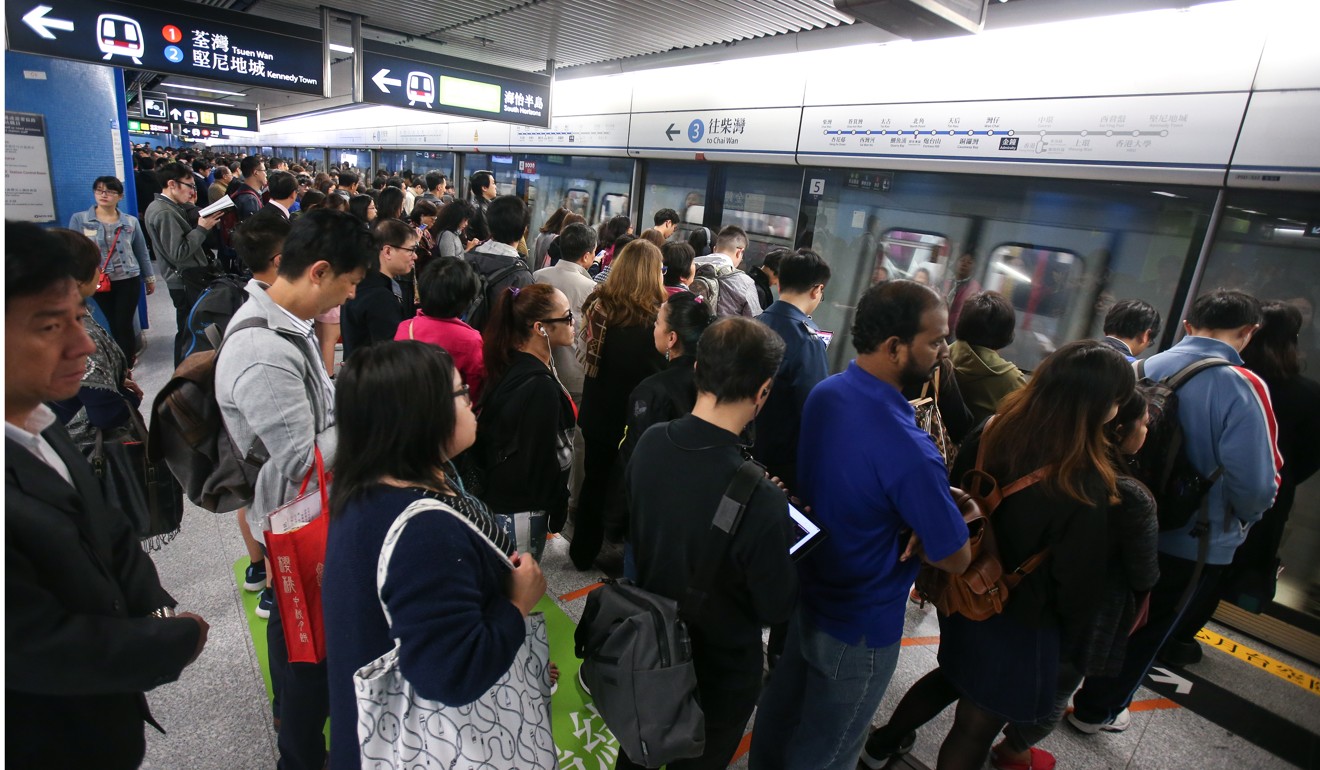
Policy expert calls new public transport road map ‘incomplete homework’, says it fails to address three major challenges
Polytechnic University’s Dr Hung Wing-tat says report doesn’t provide answers on impact of railway expansion on road transport, accessibility for elderly and disabled, and environmental issues
The city’s newly unveiled public transport strategy blueprint fails to address three major challenges, according to a veteran transport policy expert, who described the plan as a piece of incomplete “homework” left for the next administration to work on.
Dr Hung Wing-tat, an associate professor in Polytechnic University’s civil and environmental engineering department, said the report had not provided answers on how to mitigate the impact of the city’s massive railway expansion on road transport business and jobs, which had been losing out as more new MTR lines opened.
Nor did it present novel ideas on how to make public transportation more accessible to disabled and elderly people, or how to address the environmental impact of more buses and commercial transport on the streets, he said.

“The entire report did not lock on to any of these three main challenges. There was no obvious direction showing how the government would address them, or what the costs – because in the end it all comes down to money – are,” Hung said in a radio interview on Thursday.
He said the plan gave him the “feeling” of “a piece of homework that has not been completed”.
“They’ve basically just submitted it for the next government to continue. There weren’t many breakthroughs at all, though this was within my expectations.”
Speaking on the same radio programme, Commissioner for Transport Ingrid Yeung Ho Poi-yan argued that there were already policies in place to address these concerns, but they were not the main focus of the study.
“I don’t really agree that other transport modes have been dying [with more railway development], so to speak. It’s just that their roles may have changed,” she said, citing examples such as minibus routes in Southern District affected by the opening of the South Island Line shifting to a role of connecting commuters who live further out to the station.
“[Improving accessibility] for the disabled and elderly have always been part of our long-term work … as well as environmental protection, which we have been closely working on with the Environmental Protection Department.”

Among the 67 proposals floated in the government’s latest blueprint on long-term development of public transport, 14 are new measures.
The new initiatives proposed ranged from designating more bus-only lanes and encouraging bus companies to start long-haul services that make fewer stops during peak traffic hours to mandating internet-based car hailing services like Uber to run more like existing taxi companies.
Hung said it was clear that there was high demand for app-based point-to-point services like Uber and that such services were based on a completely different business model from taxis and would not want to be labelled as a “taxi” service.
The professor also expressed doubt on the report’s suggestion of introducing 600 premier – officially labelled “franchised” – taxis to address widespread complaints about poor service.
“I’m just not sure how large the market potential is.” he said.
Hung added that he believed resources would be better spent improving the service quality of the existing 18,000-strong taxi fleet with tighter licensing regulations and training.

